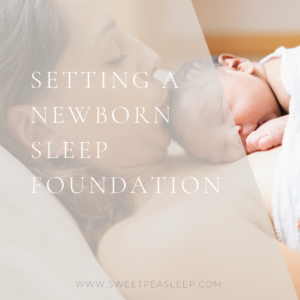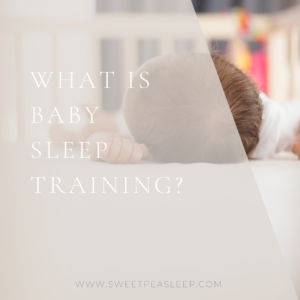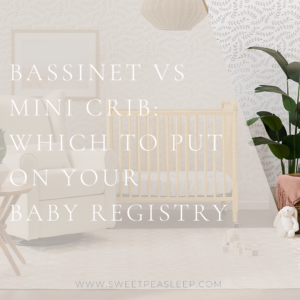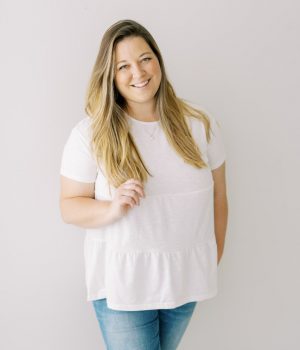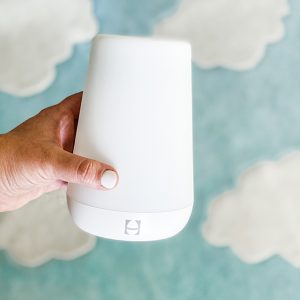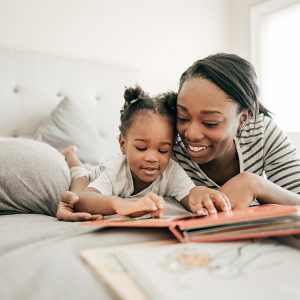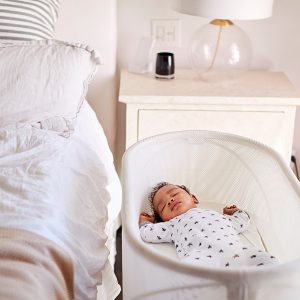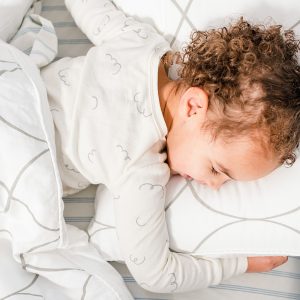“Drowsy but awake,” the sleep experts say.
Have you ever wondered what that even means?
Have you been putting your kid down drowsy but awake for weeks without seeing a change?
You’re not alone.
This advice has been confusing parents for decades now. Let’s just start saying “Lay your kids down awake.” And here’s why…
- Drowsy IS the first stage of sleep. If the goal is to learn independent sleep, they may continue to be dependent on you to help get them in that first stage (hence perpetuating wake-ups)
- Getting them drowsy then trying to transfer can startle them and get bedtime off to a rough start.
- Drowsy is an ambiguous term. It can mean sitting up and rubbing eyes for some, it can mean limp noodle for others. Some parents have heard that as long as their child “moves” once they lay them down, it means they weren’t asleep when put down, but we all know that we can move while we are asleep!
- It puts you in charge of controlling your child’s exact mood and state. Something that can be impossible at times. Some nights, my baby is happy and tired before bed, some nights (especially when teething!) he’s just plain cranky. Some nights you may be getting to bed a few minutes late and they’re showing signs of overtiredness. Forcing the “drowsy” state is much harder in that situation. We can’t always dictate our child’s exact mood.
- Insisting that they must be put down drowsy can necessitate the use of their desired sleep prop. If they NEED to nurse till drowsy in order to fall asleep, they will probably continue to need nursing to get back to sleep through the night.,So here’s my platform- Nix Drowsy 2020. If you want your child to work on independent sleep, it’s best to keep it simple. Follow a great schedule and make sure their sleep environment is great and conducive to good sleep. Go through a predictable, calming and connected bedtime routine (this is KEY!) They should be content with a full belly, cuddled, have been given some quality time with you to wind down, and put down in their familiar sleep environment.
>>>If you need help making sure your schedule is on par, use my FREE schedule calculator here!<<<
So, what happens after I plop them in the crib wide awake? If their temperament is fairly easy or if they’ve already had the opportunity to form that independent sleep skill, they may fuss a little, babble, roll around, find a comfy spot and fall asleep!
But Katelyn, you say, my child is definitely going to, you know, C-R-Y ???? If they get upset or start crying, your response depends on your preferred method of sleep training! You can stand by the crib to offer them physical comfort and pick ups to soothe. If that approach is frustrating to them, you can sit nearby so that they have your presence and verbal reassurance while they fall asleep, or you can pop in and out of the room to check on them if they become upset. Any of these options are valid and dependent on your child’s temperament, your parenting preferences, and the practical dynamics in your family.
*P.S. As always, if your kid is a great sleeper while being put to sleep or going down drowsy, don’t worry about following this advice! Do what works for YOU! However, if your child is struggling to sleep well at night (or during the day), and you have decided to work on independent sleep skills, I highly recommend just starting with your little one awake in the crib!
[/et_pb_text][/et_pb_column][/et_pb_row][/et_pb_section]
